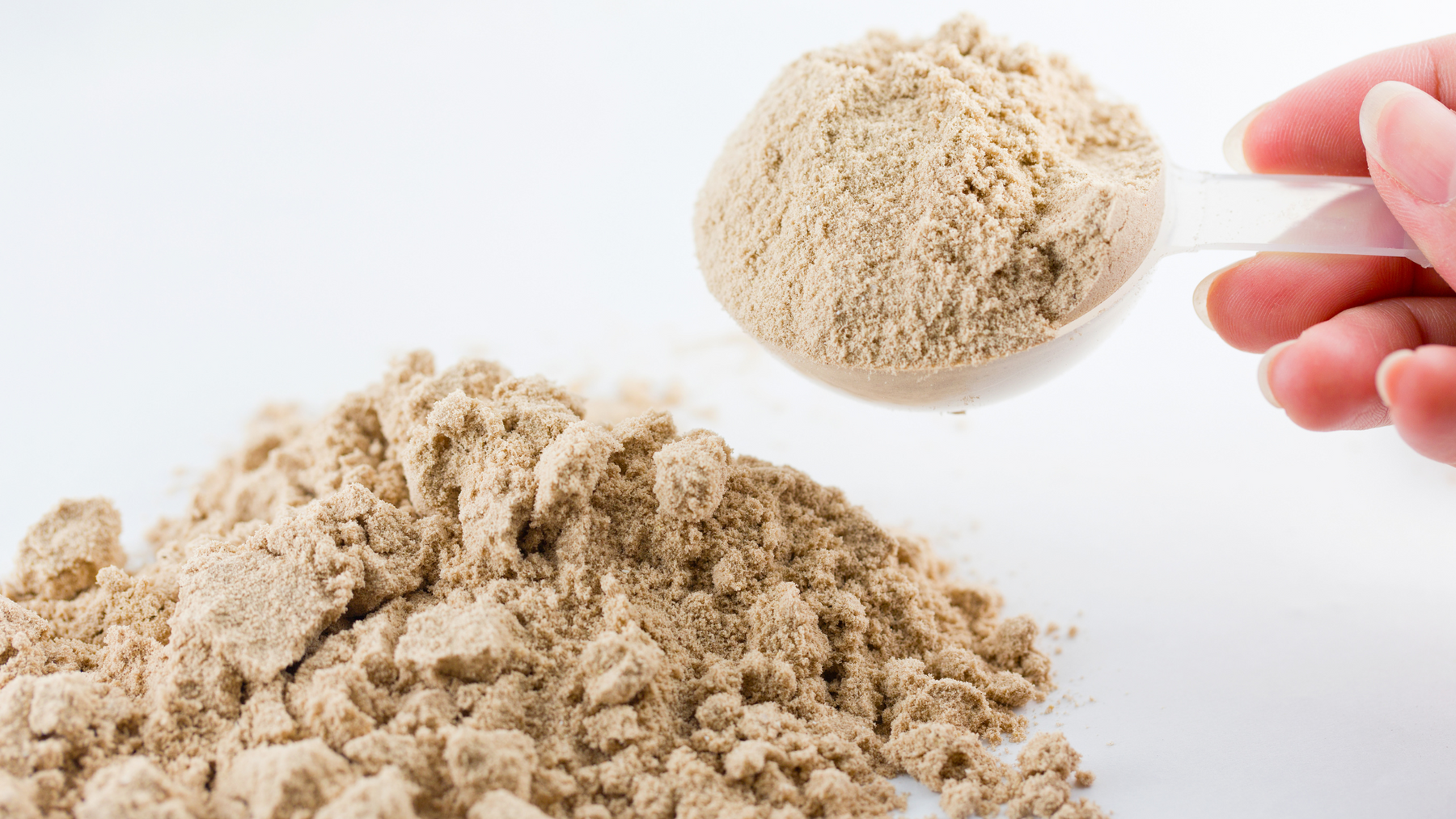
Why Your Vegan Protein Shake Isn’t Working (And How To Fix It!)
Introduction
Vegan protein shakes are often hailed as the perfect solution for plant-based athletes and health-conscious individuals. But what if your shake isn’t delivering the results you expected? Whether it’s poor muscle gain, bloating, or simply not feeling energised, several hidden pitfalls could be sabotaging your efforts. In this article, we’ll break down exactly why your vegan protein shake might not be working and provide practical, evidence-based tips to transform it into a powerhouse of nutrition.
Understanding Vegan Protein Shakes
What Is a Vegan Protein Shake?
A vegan protein shake is a beverage designed to supplement protein intake using plant-based ingredients. Unlike whey or casein shakes, it avoids all animal products, making it suitable for vegetarians, vegans, and those with dairy sensitivities.
Common Ingredients Found in Vegan Shakes
Some popular protein sources include:
-
Pea protein – high in iron and easily digestible
-
Brown rice protein – hypoallergenic and rich in BCAAs
-
Hemp protein – contains healthy fats and fibre
-
Soy protein – complete amino acid profile, but not suitable for all
These proteins are often combined with thickeners (like xanthan gum), sweeteners (like stevia), and flavourings.
Common Problems With Vegan Protein Shakes
Low Bioavailability of Protein Sources
Plant proteins often have lower bioavailability than animal proteins, meaning your body may absorb and utilise less of what you consume. This can significantly affect muscle repair and growth.
Incomplete Amino Acid Profiles
Not all plant proteins contain all nine essential amino acids. For example, rice protein is low in lysine, while pea protein lacks methionine. This makes it vital to blend complementary proteins to ensure a complete profile.
Poor Digestibility and Bloating
Many vegan protein powders include fibre and sugar alcohols that can lead to digestive issues such as gas, bloating, and cramps—especially if your gut isn't used to processing high-fibre or unfamiliar plant compounds.
Inadequate Nutrient Pairing
Protein alone isn’t enough for a nutritious shake. Without fats and carbohydrates, your body might not effectively utilise the protein. Additionally, key nutrients like B12, iron, and zinc are often missing in vegan shakes unless added through fortification.
Mistakes You Might Be Making
Skipping Post-Workout Nutrition
Protein synthesis is most efficient immediately after exercise. If you're delaying your shake—or worse, skipping it altogether—you’re missing a critical recovery window.
Not Tracking Protein Intake
It’s a common myth that “just having a shake” is enough. In reality, if you’re not consuming sufficient protein per day (generally 1.6–2.2g per kg of body weight for active individuals), gains will stagnate.
Using the Wrong Liquid Base
Almond milk and other plant-based milks often contain very little protein. If your shake depends on these as a base, you may be undercutting your intake. Consider soy milk or fortified oat milk instead.
How To Improve Your Vegan Protein Shake
Add Complementary Protein Sources
Combine protein types to create a complete amino acid profile. Try:
-
Pea + rice protein blend
-
Hemp + quinoa protein
-
Lentil protein mixed with chia
Incorporate Digestive Enzymes
Look for powders that include bromelain, papain, or lactase alternatives. These enzymes can help ease digestion and improve nutrient absorption, particularly if you experience bloating.
Balance with Fats and Carbs
A balanced shake should contain:
-
Healthy fats: Avocado, flaxseed oil, or nut butters
-
Complex carbs: Oats, banana, or sweet potato
This makes your shake more satisfying and supports muscle recovery.
Use Fortified Ingredients
Add ingredients rich in:
-
Vitamin B12 – fortified plant milks or supplements
-
Iron – spirulina or molasses
-
Zinc – pumpkin seeds
Optimising Nutrient Absorption
Importance of Timing and Frequency
Consume your shake within 30–60 minutes post-workout. Space other shakes throughout the day to maintain a steady amino acid supply.
The Role of Micronutrients
Don’t overlook key vitamins and minerals:
-
Magnesium – supports protein synthesis
-
Vitamin C – enhances iron absorption
-
Calcium – crucial for muscle contractions
Include citrus fruits, leafy greens, or fortified cereals in your shake or meals.
Sample Recipes That Actually Work
Post-Workout Recovery Shake
-
1 scoop vegan protein powder
-
1 cup soy milk
-
1 banana
-
1 tbsp peanut butter
-
½ tsp cinnamon
-
Ice + water to blend
Meal Replacement Shake
-
1 scoop vegan protein powder
-
½ avocado
-
1 tbsp chia seeds
-
1 cup oat milk
-
1 date for sweetness
-
½ cup spinach
-
Ice cubes
FAQs
1. Why does my vegan protein shake make me feel bloated?
It could be due to high fibre content, sugar alcohols, or your body adjusting to plant-based digestion. Try simpler formulas or enzymes.
2. Is vegan protein as effective as whey?
Yes, when combined properly and consumed in adequate amounts, plant-based proteins can match the effectiveness of whey.
3. Can I use water instead of milk in my shake?
Yes, but using a high-protein plant milk like soy can enhance your total protein intake.
4. How often should I drink a vegan protein shake?
It depends on your dietary needs. Once post-workout and optionally as a snack or meal replacement is common.
5. Are vegan protein powders safe for long-term use?
Absolutely, as long as they’re free from heavy metals and artificial fillers. Choose reputable, clean-label options.
6. What’s the best time to consume vegan protein shakes?
Post-workout is ideal for muscle recovery. Spacing them throughout the day can also aid in muscle maintenance.
Conclusion
If your vegan protein shake isn’t working, you’re not alone. From incomplete protein profiles to poor digestion and insufficient intake, there are many reasons your results might be lagging. The good news? Most of these issues are fixable with simple, strategic changes. By understanding what your body needs and adjusting your shake accordingly, you can turn a disappointing routine into a powerful tool for your health and fitness goals.



